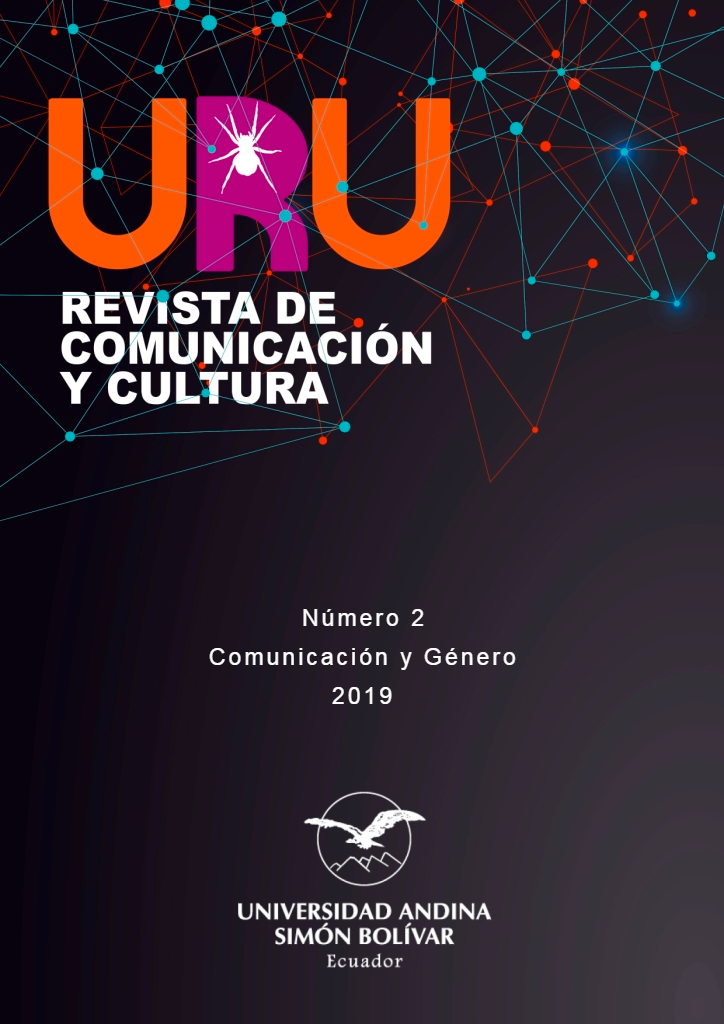The shadow of a God. When the pain points to the intentions of the community
Keywords:
documentary film; edoc 2018; community cinema; people’s painAbstract
To analyze The Shadow of a God, the director was interviewed in order to gather elementary details with which to interpret the pain treatment of "Chon", its protagonist. At the beginning the plot of the documentary and its technicalcharacteristics are synthesized. The first part entitled “El Cazador” develops the notion of Sontag's exoticism in the description of the filmmaker's motivations; also, geographically locates the Huichol people -stage of the film-, enunciates the core of the story and the reflections raised. Then, the pros (guided by the power of the testimony of Recalcati) and contras (referring to a story by Borges about the insertion of an individual in a different culture, and how it transforms it) of the visual narrative are analyzed. Finally, “El capricho de la comunidad” offers the perspective of cinema as a social mobilizer.
Downloads
References
Becker H. (2015). Para hablar de la sociedad la sociología no basta. Argentina: Editorial Siglo XXI.
Caballero J. (1998). “La interacción social en Goffman”, Revista Española de Investigaciones Sociológicas, N° 83.
El Comercio, “En Ecuador la esperanza de vida es de 76,2 años, según el estudio de la OMS, Quito 19 de mayo de 2016, https://www.elcomercio.com/actualidad/ecuador-esperanza-vida-saludlatinoamerica.html
Goffman E. (1970). El ritual de la interacción. Buenos Aires: Editorial Tiempo Contemporáneo.
Joseph I. (1998). Erving Goffman y la microsociología. Barcelona: Editorial Gedisa.
Manning P. (1992). Erving Goffman and Modern Sociology. Standford: University Press.
Published
How to Cite
Issue
Section
License
ASSIGNMENT OF RIGHTS, DECLARATION OF CONFLICT OF INTEREST AND DISSEMINATION
The authors who publish in this journal accept the following conditions:
- Authors retain copyright and grant the journal the right of first publication, with the work registered under the Creative Commons Attribution-NonCommercial-ShareAlike 4.0 License, which allows sharing, adapting and attributing the work (see: Open Access Policies).
- Authors can make other independent and additional contractual agreements for the distribution of the article published in this journal (e.g., include it in an institutional repository or publish it in a book) as long as they expressly indicate that the article was published for the first time in Uru: Revista de Comunicación y Cultura. In the case of reproduction, a note similar to the following must be included: This text was originally published in the journal Uru: Revista de Comunicación y Cultura N ° -, year of publication.
- Authors are encouraged to publish their work on the Internet (e.g. on institutional or personal pages) in the final version published by Uru: Revista de Comunicaicón y Cultura as it may lead to a wider and faster dissemination of the published work.








